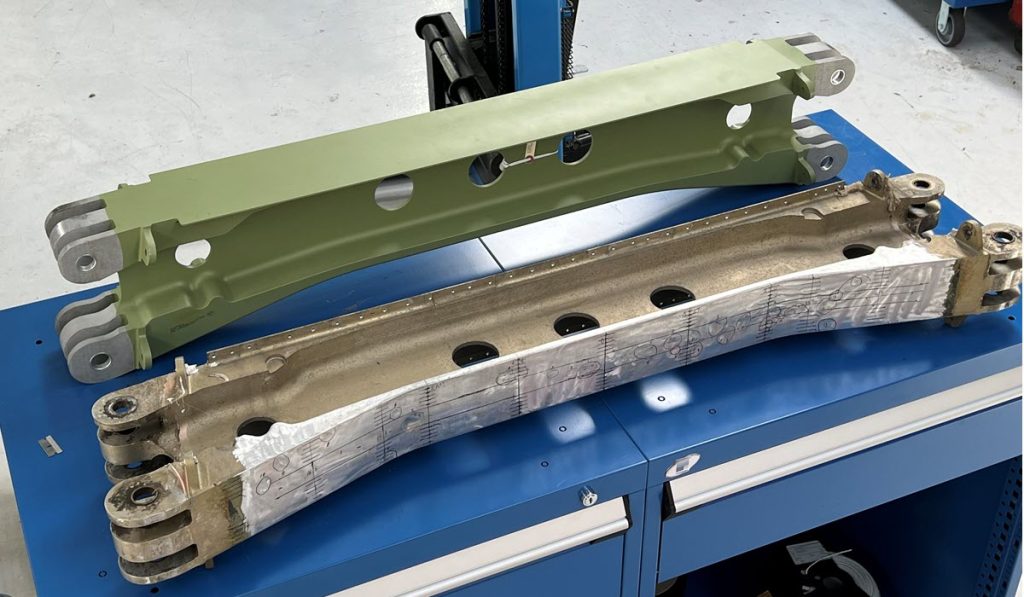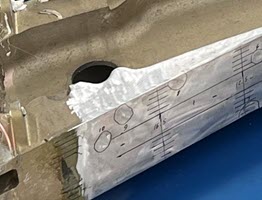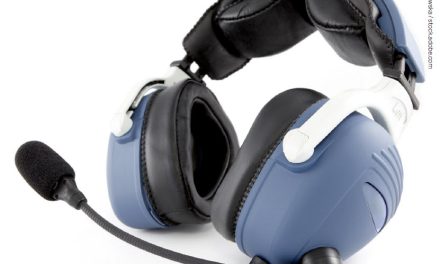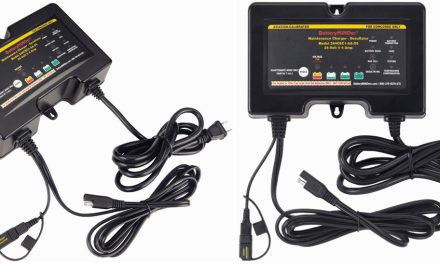The Root Cause of the Corrosion Problem
By Elizabeth Gibbs

If you own a strutless Cessna, namely the 177 and 210, you’re probably well acquainted with the carry-through spar airworthiness directives that have come out in the last few years. Paul New, in his May 2022 webinar, included a brief walkthrough of his Tennessee maintenance facility, where he showed a carry-through spar removed from a Cessna 210, as well as a new spar. “All $20,000 of it.”
Machined in one large billet of 7075 aluminum, the carry-through spar he used as an example was for the Cessna 210, but the 177 Cardinal spar is similar. The carry-through spar goes through the inside of the cabin and attaches to the wings with giant steel pins, New explained. Unlike Cessnas with strut-supported wings, these carry-through spars are essential to the structural integrity of the wing.
The Cause
The ADs require an inspection for corrosion on the carry-through spar. Why would such an important structural piece be so prone to corrosion? New said, “Corrosion presents itself with the use of hydroscopic [moisture-attracting] glues. There was a pad glued across the bottom, and it was mostly so the upholstery would look nice, and so that when you hit your head on the spar, it would have some sort of cushioning. The glue that was used to attach the cushion to the spar was hydroscopic. People weren’t inspecting because it was all glued into place. There was the assumption that there was not a problem, but because the inside of these airplanes is basically a greenhouse, the moisture was wicking into the glue. The corrosion was happening, but it wasn’t being seen because people weren’t really looking for it.”
The Inspection and Cure
So how bad does the corrosion have to be before a spar has to be replaced — to the tune of $20,000? To explain the process for finding out, New said, “The AD calls for gridding quarter-inch square grids through the whole spar. You then have to grind out any pitting that was found.”
Then you measure the depth of the pitting, and compare it to a chart found in the documentation of the AD. If the depth is too deep, the spar is no longer any good and must be replaced.
New warned, “This is mostly caused because we weren’t looking.” He continued, “When you insulate your airplane, you spend all that time cutting and fitting insulation to make the airplane nice and warm and quiet. Be aware that once you attach that insulation, you don’t have a way to inspect behind it.”
What began as good intentions from the manufacturers of our airplanes 40 or 50 years ago can lead to insidious, damaging corrosion now. This spar AD is just one of many examples of corrosion to look out for. On your next annual, take a moment to look around in places that may not have been looked at for a while.
Read more about the 177 and 210 wing spar issue at cessnaowner. org/177-spar-ad.
Elizabeth Gibbs (writer) and Lyle Jansma (photographer) are private pilots and coowners of a Cessna 172. When they’re not flying above the beautiful Pacific Northwest, they are working hard designing instrument panels for other Cessna owners. To learn more about upgrading your instrument panel, visit sixpackaero.com.






